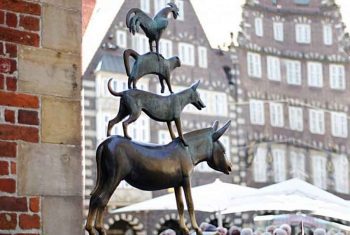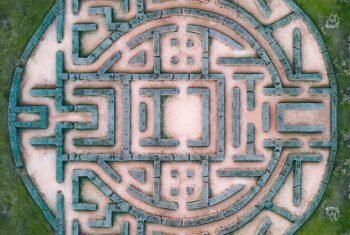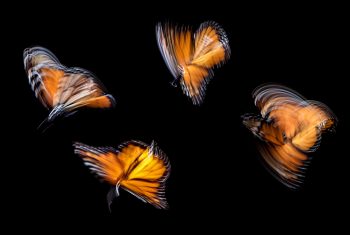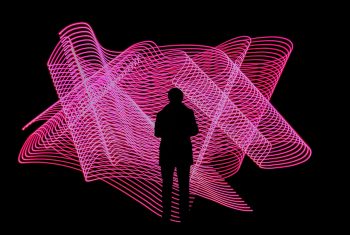New Perspectives and Potentials
How to rediscover yourself and others through art
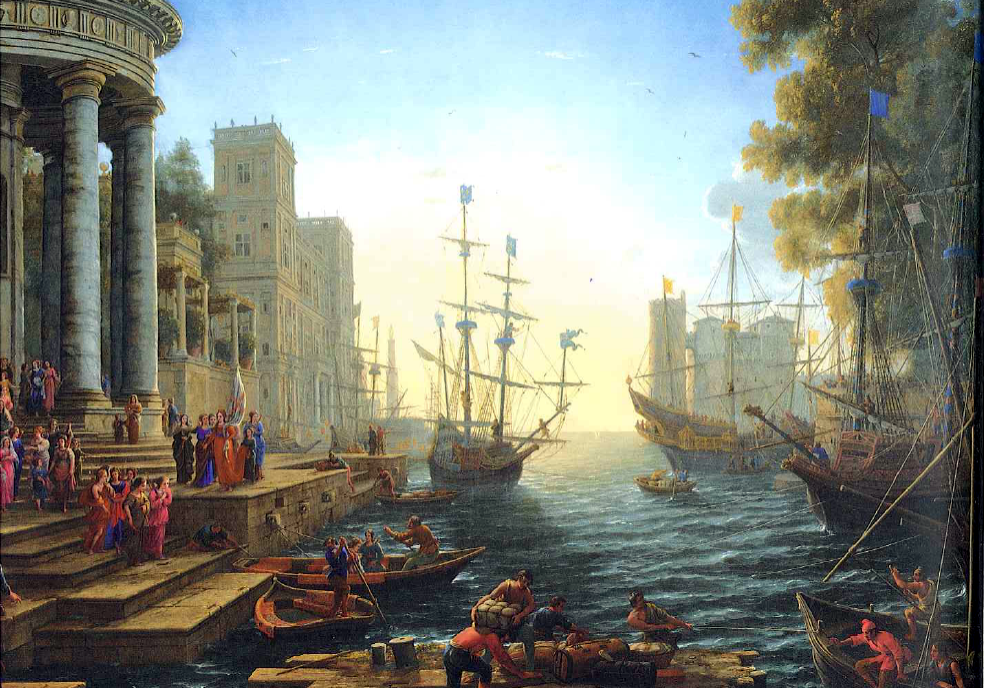
November 4, 2019
People & Organizations
3 min.
In Claude Lorrain’s Harbor: Where do you want to be in this painting?
The language of art and images is powerful. Usually we talk about images in terms of a message to be communicated by the image, whether to ourselves or others. It’s less common for us to think of entering into a self-reflective dialogue through an image or a work of art. But there are paintings that literally invite us to step inside and wander around in them, be it because they exude harmony and beauty or because their spatial depth draws us into a seemingly endless field. This quality of certain artworks can lead us towards previously unrealized potentials through a process of self-reflection. If we look at a painting playfully and intuitively with the attitude of the beginner’s mind, we can begin to see beyond our conscious thoughts. A story about ourselves that we didn’t know before emerges, showing us different paths of action for the big and small decisions of professional life. The harbor and landscape paintings by Claude Lorrain used in the innovative Symbolon® method are especially beautiful examples of images that invite us to immerse ourselves in their worlds. A harmless aesthetic question leads us to play with our associations and ideas in the language of the painting, giving us new metaphors to translate into our work situations.
Four questions initiate the process of reflection:
- Where in this painting do you want to be? Your preferred place is your own individual choice. There is no right or wrong, it’s only about the place where you feel most comfortable. What do you like there? What positive feelings are awakened there? How does your choice relate to your current work situation?
- What do you see from this position? Depending on where you stand, you have a better or worse view of other sections of the painting. What is the view from your chosen place? What visual axis are you presented with? What can you see and observe? What path of action arises from this view?
- What don’t you see from this position? No matter where we stand, there is always something blocked from our sight. Your position shows you precisely what you can’t see and where your potential for development lies. What is your blind spot? What information is unavailable to you, and what are the consequences in the language of the painting? How can you tap into the potential of this information? Who or what in the painting might need to move, and how or where would they need to go?
- How do others in the painting see you in this position? Finally, take a look at your position from the perspectives of other areas in the painting. How visible are you for others? How close or how far away are you from each other? How does your position appear from the perspectives of others? How do you communicate from where your stand?
360° Feedback
In this way, you get a 360° artistic feedback for the position of your choice, with its strengths, weaknesses and potentials including self-perception as well as perception by others. The more open you are to the process, the greater the chance that you’ll learn something new about yourself and your situation. When you translate the language of the painting into your work situation, new ideas for drawing on previously unseen potentials will develop almost by themselves. The scope of action for achieving your goals will broaden.
Where your team stands
The power of this process of reflection also unfolds when members of a team choose their places independently of each other at first, according to the questions above. In the second step the team can reflect upon its choices as a whole. A new team constellation appears that was not visible before. A team can zoom out from its members’ individual positions to recognize how it is distributed within the painting and what key themes show up. Thus, the questions above can also be used in the context of team building in order to learn where untapped potentials for teamwork might be hidden. Whether on your own or as a team, reflecting on the painting allows you to embark on a deeply individual journey that originates in your specific situation. Creative metaphors come up almost automatically and have a way of lingering in your mind with long-term effects. In this way, art can become an integrated aspect of your work life.
Share article

What are your hidden potentials?
Swaan Barrett has helped many people and teams on their journeys through this and other works of art with the Symbolon-Method. Dive into the reflective process with the Symbolon Personality Profile and call for an initial conversation.





